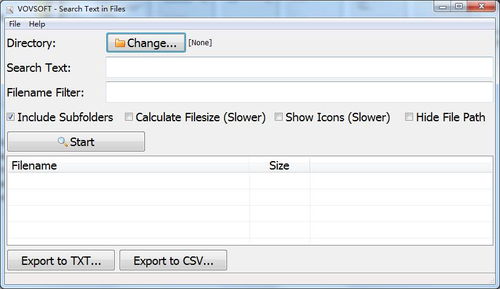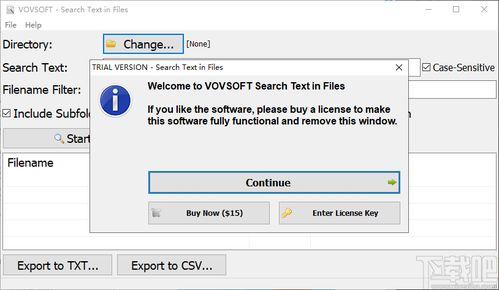
Understanding .h Files in C++: A Detailed Guide
As a C++ programmer, you’ve likely encountered the ubiquitous .h files. These files play a crucial role in the development process, yet many developers may not fully grasp their significance. In this article, we’ll delve into the intricacies of .h files, exploring their purpose, structure, and best practices for usage.
What is a .h File?

A .h file, also known as a header file, is a text file that contains declarations of functions, variables, and other types that are used by one or more source files. These declarations are essential for the compiler to understand how to use the functions and variables defined in the source files.
Why Use .h Files?

There are several reasons why .h files are an integral part of the C++ programming process:
-
Encapsulation: By separating declarations from definitions, you can encapsulate the implementation details of a class or function, making your code more modular and easier to maintain.
-
Reusability: Header files allow you to reuse code across multiple source files, reducing redundancy and improving efficiency.
-
Abstraction: By using header files, you can abstract away the implementation details of a class or function, making your code more readable and easier to understand.
Structure of a .h File

A typical .h file consists of the following elements:
-
Include Guards: These are preprocessor directives that prevent the file from being included multiple times. For example:
ifndef MY_HEADER_Hdefine MY_HEADER_H -
Namespace Declaration: If you’re using namespaces, you should declare them at the beginning of the file. For example:
namespace MyNamespace { -
Class and Function Declarations: These declarations should be clear and concise, providing enough information for the compiler to understand their purpose and usage.
-
Include Guards: As mentioned earlier, include guards are essential for preventing multiple inclusions of the file. For example:
}endif // MY_HEADER_H
Best Practices for Using .h Files
Here are some best practices for using .h files in your C++ projects:
-
Keep Declarations Clear and Concise: Make sure that the declarations in your header files are easy to understand and follow. Avoid overly complex or convoluted declarations.
-
Use Include Guards: Always use include guards to prevent multiple inclusions of the file, which can lead to compilation errors.
-
Minimize Dependencies: Try to minimize the dependencies between header files, as this can make your code more difficult to maintain and understand.
-
Use Namespaces: If you’re using namespaces, make sure to declare them at the beginning of your header files.
Example of a .h File
Here’s an example of a simple .h file for a class named “MyClass”:
ifndef MYCLASS_Hdefine MYCLASS_Hinclude <string>namespace MyNamespace { class MyClass { public: MyClass(const std::string& name); ~MyClass(); void setName(const std::string& name); std::string getName() const; private: std::string name_; };}endif // MYCLASS_HConclusion
Understanding and effectively using .h files is an essential skill for any C++ developer. By following the best practices outlined in this article, you can create more modular, maintainable, and efficient code. Remember to keep your declarations clear and concise, use include guards, and minimize dependencies between header files.






